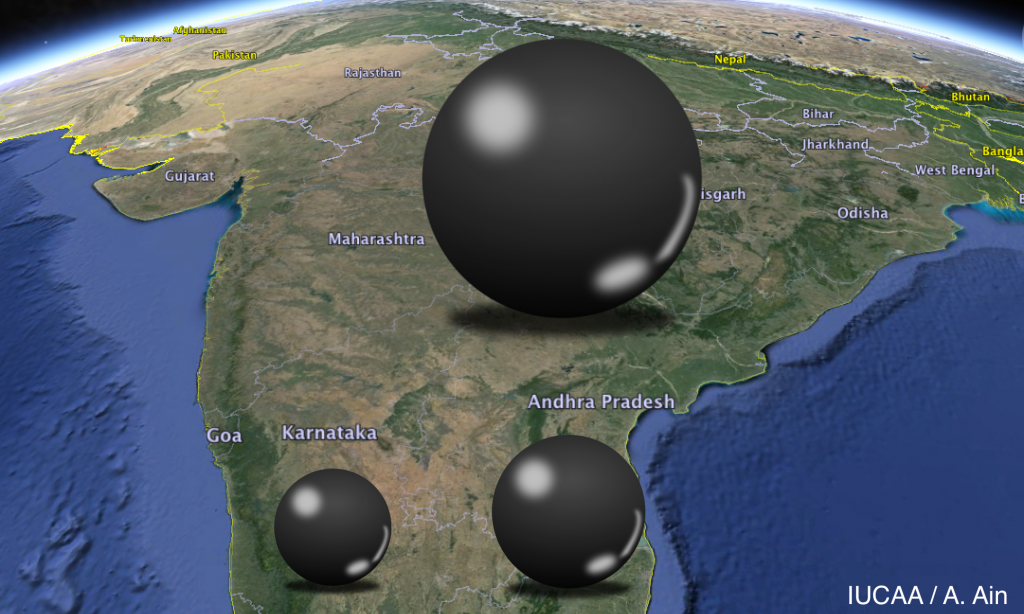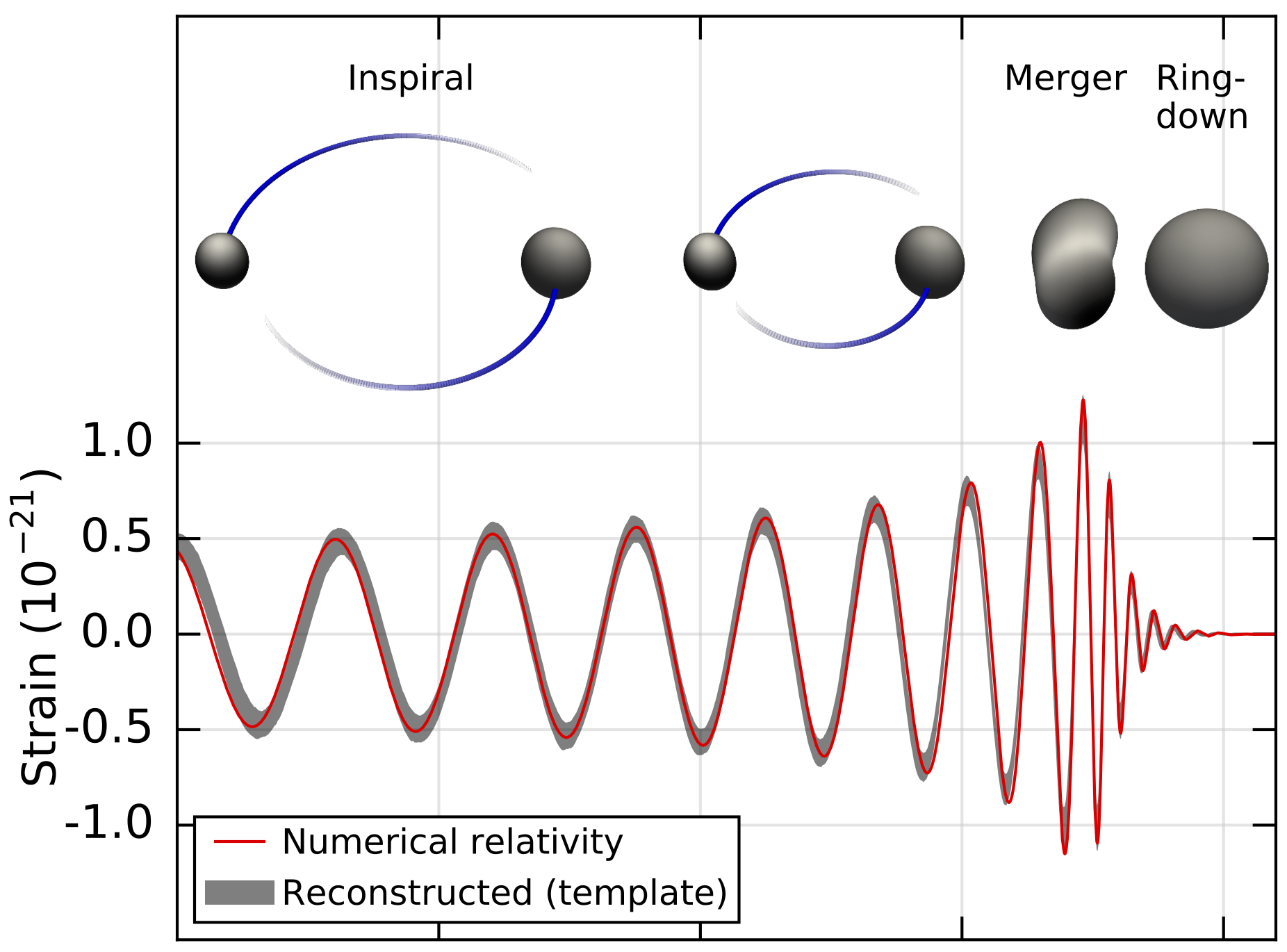GW150914 The First Detected Gravitational Wave Event
Press Release Documents regarding the detection
English, Hindi, Bengali, Marathi, Odia.
The translations in the various Indian languages and their proofreading were done by Karan Jani, Anuradha Gupta (Hindi); Nairwita Mazumder, Arunava Mukherjee, Archisman Ghosh, Anirban Ain (Bengali); Haris, Saleem, K. G. Arun (Malayalam), Bhooshan Gadre, Archana Pai (Marathi), Satya Mohapatra (Odia). We are working on posting other translations asap. If you contributed to one of the above translations but do not see your name in the credits, please email us. Thank you.
A few posters on this topic are linked below,
GW150914 – First Observed Gravitational Wave Event
GW150914 – Results and Implications
IndiGO – LSC Contribution in GW150914 and Related Science
On september 14, 2015 the LIGO Hanford and Livingston detectors observed the gravitational-wave event GW150914. It is a ‘chirp’ of gravitational wave signal the likes of which was predicted in Einstein’s theory of General Relativity in 1915 but never observed.
Scientists have been trying to detect gravitational waves for a few decades now. The LIGO experiment is one of a few laser interferometers dedicated to detect gravitational wave signal.
After undergoing a significant technology improvement the LIGO detectors in Hanford and Livingston started operating in 2015. On September 14, 2015 a trigger (possible signal) G184098 was noted. Subsequent analysis ( 50 million CPU hours of calculation) confirmed it to be a signal from two blackholes colliding and becoming one blackhole.
The following simulation by Max Planck Institute shows how two black holes merge and disrupt the space time around them in the process.
The observed signal was created by two massive black holes merging together in a galaxy 1.3 billion light years away. The masses of the black holes are 36 and 29 times the mass of the Sun. Blackholes are so high in density that these massive blackholes are actually even smaller than earth. The two merging black holes and the resulting bigger black holes are shown in approximate scale in the following image.

The maximum strength of this signal (in terms of strain) was 10^-21. It is never easy to detect signal of such extraordinary small amplitude. In LIGO this is achieved by using cross-correlation techniques. This can find signals buried deep in the noise of terrestrial origins. Also detection in one detector is not enough. It has to be confirmed by the other detectors also. In case of GW150914 the signal was detected by both the detector. The chances of this being a coincident is astronomically low.
The signal’s duration was approximately 0.2 seconds. The form of the signal and the prediction from numerical relativity is given in the figure below.

